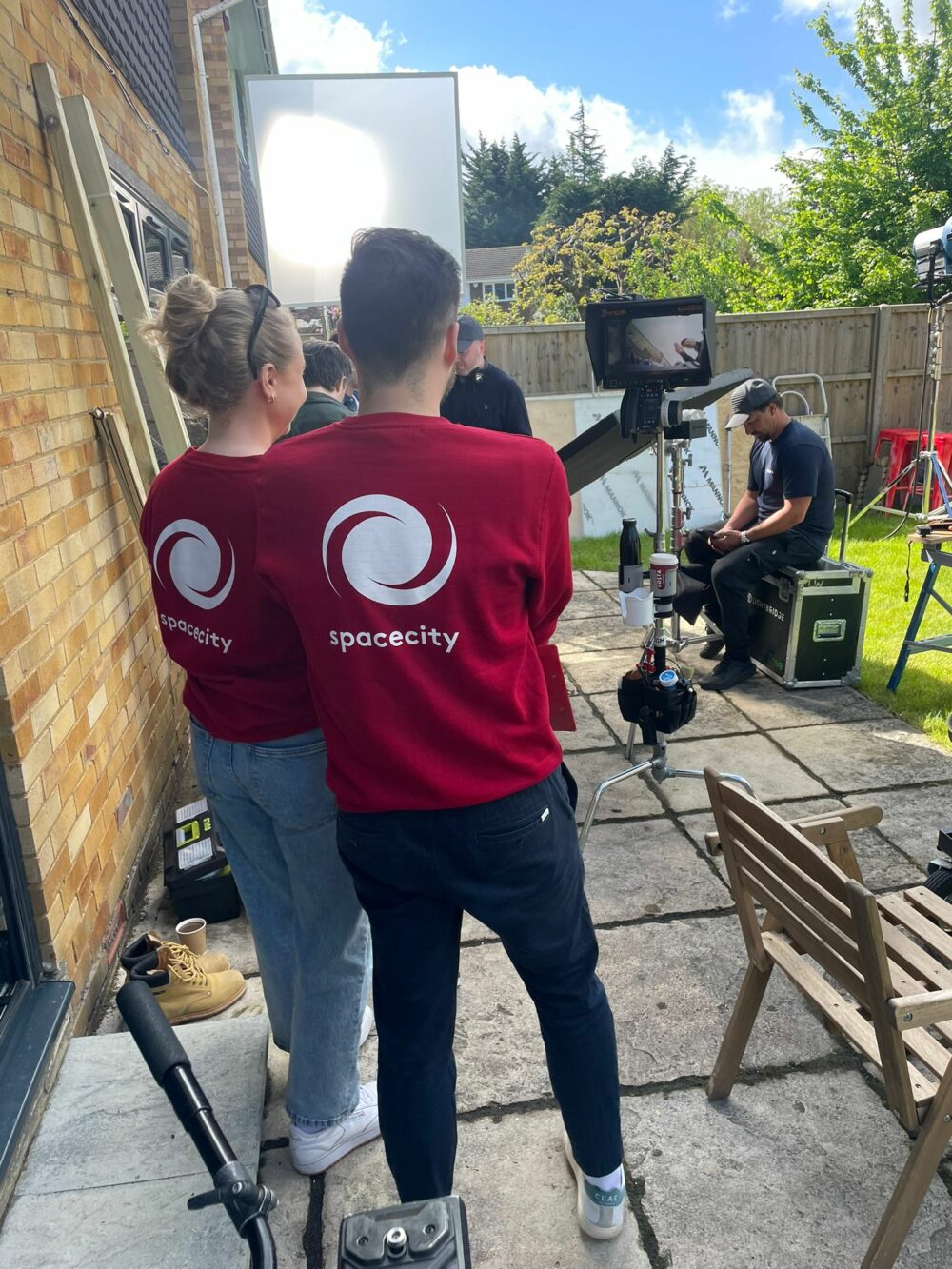SYMBOLISM Can ensure your advertising impact is stronger when conveying brand messages, leveraging call-to-action and eliciting sales.
The power of online is irrefutable in terms of harvesting your potential consumers, measuring how and when people are engaging with ads, as well as ensuring real-time sales attribution.
With Google even today continuing to make steps towards providing a more encompassing, autonomous analytics solution, the death knell of TV would appear to be closer than ever.
This though is firmly not a notion that can be substantiated at a time where the very conglomerates like Facebook, Twitter and Amazon are continuing a vehemently strong TV advertising presence, notwithstanding the eclectic means you have of exploiting TV’s prowess.
Ultimately what conveys your brand message in the most visceral, cognitively absorbing fashion is TV and the symbolism that can be employed.
With online as a singular entity you are naturally inhibiting your ability to upscale your audience, whether that be online or through word-of-mouth.
Statistically, according to the IPA, advertising that is emotive or entertaining is twice as effective as an ad that focuses on being informative or persuasive.
Furthermore such ads that are emotive are also becoming increasingly trustworthy on TV, with 42% of consumers (still too low) now trusting of TV ads, in comparison to just 10% with online ads.
Adding further credence to the notion that online advertising has expedited a waning in consumer trust, is the fact that online market share has increased in recent years, while trust has increased in TV.

Therefore a correlation between increases in trust and the emotive qualities of TV ads, ensures the notion that trustworthy advertising is something a consumer can feel an emotional connection with is credible, while sales increase as a result.
Thus as your business seeks to maximise your advertising through optimising ROI, ad efficiency and overall attribution, ensuring that you subsequently utilise online to essentially harness the success of TV is imperative.
TV is online’s most powerful organic impression generator, with 33% of all organic hits to your website emanating from TV.
Therefore to ensure you are maximising your ad spend, ensuring that you can safeguard a captive audience- one that is continuing to view TV on increasingly more devices- is imperative.
While Facebook is continuing to provide TV style broadcasts that deliver realtime engagement, interaction and integrated ad interface, it is TV that provides the most effective means of engrossing mass and targeted audiences.
More people tune into broadcasts before preceding to talk about them online and through word-of-mouth, with 53% of TV ads talked about in the public domain, notwithstanding the 26% of consumers who will also talk about your brand online having seen it on TV.
Moreover social media provides the only frequency where fewer people talk about your ad in person than online, underlining the lack of trust online generates with consumers.
TV accounts for 90% of all viewed video, yet of the ads viewed online, TV accounts for just 10% of the most virally acclaimed ads.
Thus the issue is not in emotive resonance with TV, it is the ability to entertain and utilise the aesthetic metrics associated with it to provide the symbolism that cannot otherwise be created with online.
Credible advertising is a form of engagement that can cognitively elicit emotional responses, while emotive advertising is the most effective means for your brand to generate sales.
Thus as you seek to entertain your consumers with advertising, utilising the inherent credibility TV has to exhibit symbolic, humourous ads is the only way you can optimise your advertising efficiency.
Using the power of aesthetics, transition and canny editing your creative- as well as complimenting the behavioural and demographic factors- you can utilise symbolism to define the intentions of your chosen filming tact.
For instance adverts that utilise breaks, or brief pauses for instance, are 20% more successful than ads that do not ply focus into leveraging this vital editing tool.

As you seek to convey any message, the presence of contrast can reiterate and engage a viewer if it is in merely just language, tone or basic imagery.
Conversely if you want to emphasise the presence of your brand in an aesthetic sense, colour grading can optimise granular segments of the media, in order for increased emphasis to be placed in certain quarters.
By executing such a means of aesthetic manipulation you can enhance your brand indexing by nine-per-cent on average.
While as you seek to further emboss your creative concert with symbolism, ensuring that music is utilised and calibrated efficiently with your media is imperative.
Using music to mobilise your brand or call-to-action for instance can improve response rates and overall retention by 14%.
Through auditory manipulation and complimentary alignment you can engineer a symbolic message, which stimulates receptors in the brain to associate with previously embedded connotations.
These connotational quirks can be manipulated either through editing that emphasises these elements, or the quality of the colour grading in post-production.
Space City has been producing TV, online and radio commercials for 25 years and has in-house DaVinci Grading facilities to prepare your advertising material to convey the highest symbolic influence.
Contact the team now and you can utilise the in-house facilities to grow your business six-fold within one year.


